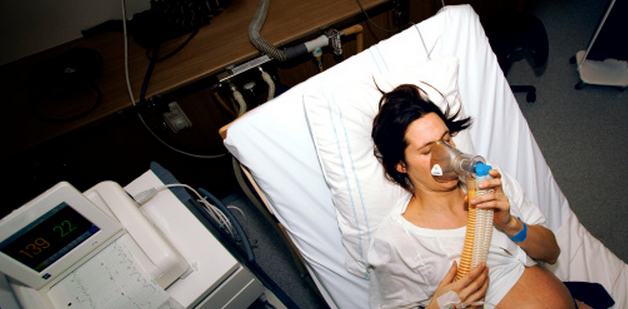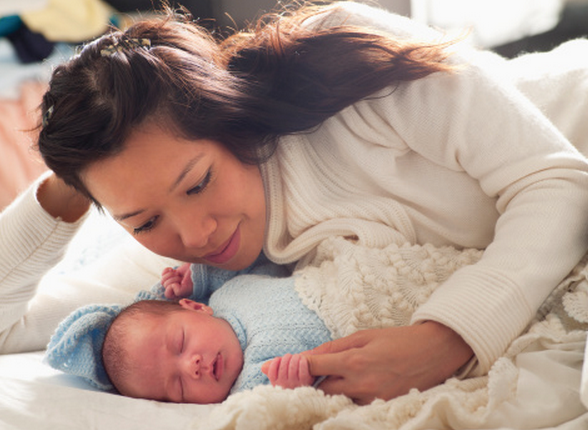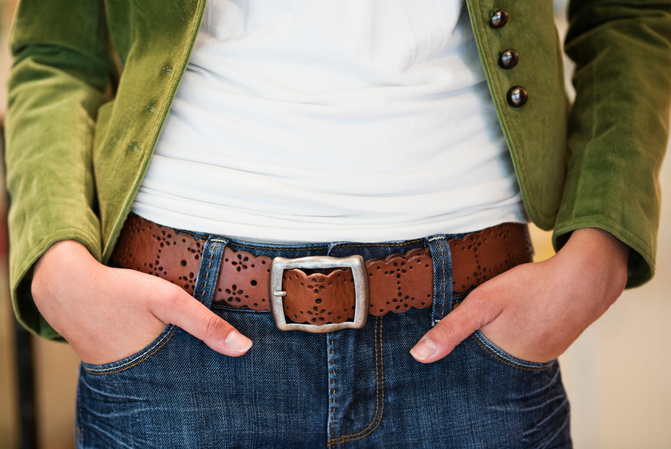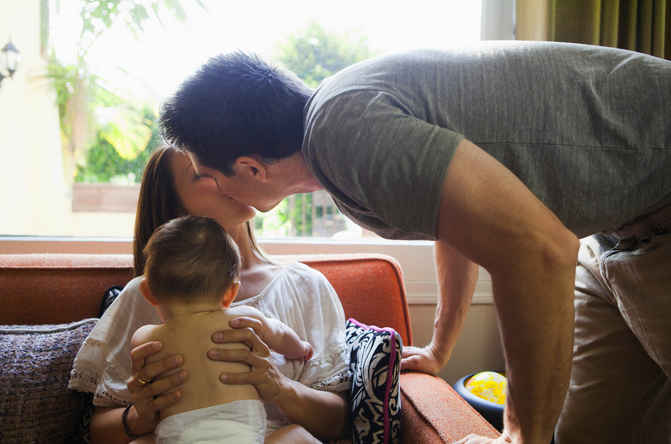Currently, roughly one in three American babies are born via caesarean section. But according to The New Yorker's new short documentary, "An Unnecessary Cut?" this rate has majorly increased from the early 1970s, when only 5 percent of babies were delivered by C-section.
"An Unnecessary Cut?" follows Dr. Chileshe Nkonde-Price, a cardiologist and mother of a toddler, who aims to have a vaginal birth for her second child after delivering her first through C-section. Nkonde-Price's efforts to have a VBAC (Vaginal Birth After Caesarean) and the reasons behind the rise in C-sections are the main subjects of the 17-minute film, which also features interviews with medical professionals and a whole lot of startling statistics about the United States birthing system.
Watch "An Unnecessary Cut?" above and visit The New Yorker for more.
 Like Us On Facebook |
Like Us On Facebook |
 Follow Us On Twitter |
Follow Us On Twitter |
![]() Contact HuffPost Parents
Contact HuffPost Parents
Related
Before You Go

"Mothers have a choice between taking the box, or a cash grant, currently set at 140 euros," according to the BBC, "but 95 percent opt for the box as it's worth much more."

Not so in parts of Asia, Africa and Central and South America, the World Health Organization reports. In these countries, women move through various upright positions or squat while in labor. And that's a good thing: According to Rodale, research has shown that sitting, standing and kneeling during labor (or all of the above) can shorten early labor, and also decrease the need for epidural anesthesia.

As Slate reports, women who use laughing gas during childbirth -- inhaling it through a mask -- say it doesn't altogether eliminate the pain, but distracts them from it.


In the U.S., the placenta is generally discarded by the hospital or birthing center where a woman delivers, although some women save theirs and consume it in pill form, believing it helps boost well-being (a controversial claim).

As The Daily Beast explained in its takedown of the U.S.'s postpartum practices, "some version of the lie-in is still prevalent all over Asia, Africa, the Middle East and particular parts of Europe; in these places, where women have found the postpartum regimens of their own mothers and grandmothers slightly outdated, they've revised them." Definitely trickier to pull off in the U.S., one of the few countries left with no federally-mandated paid maternity leave.


